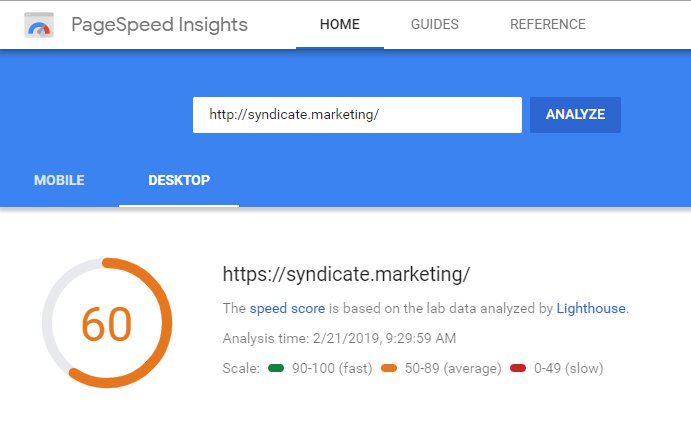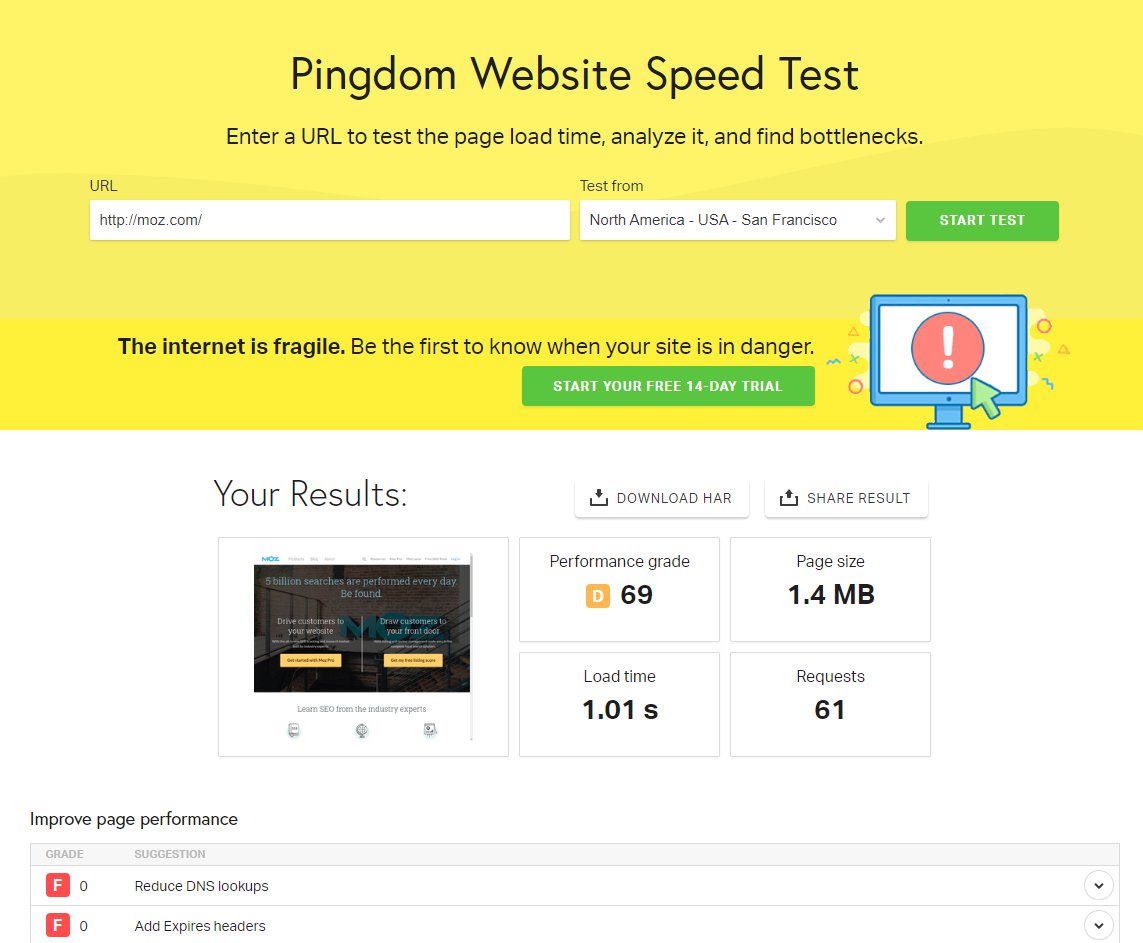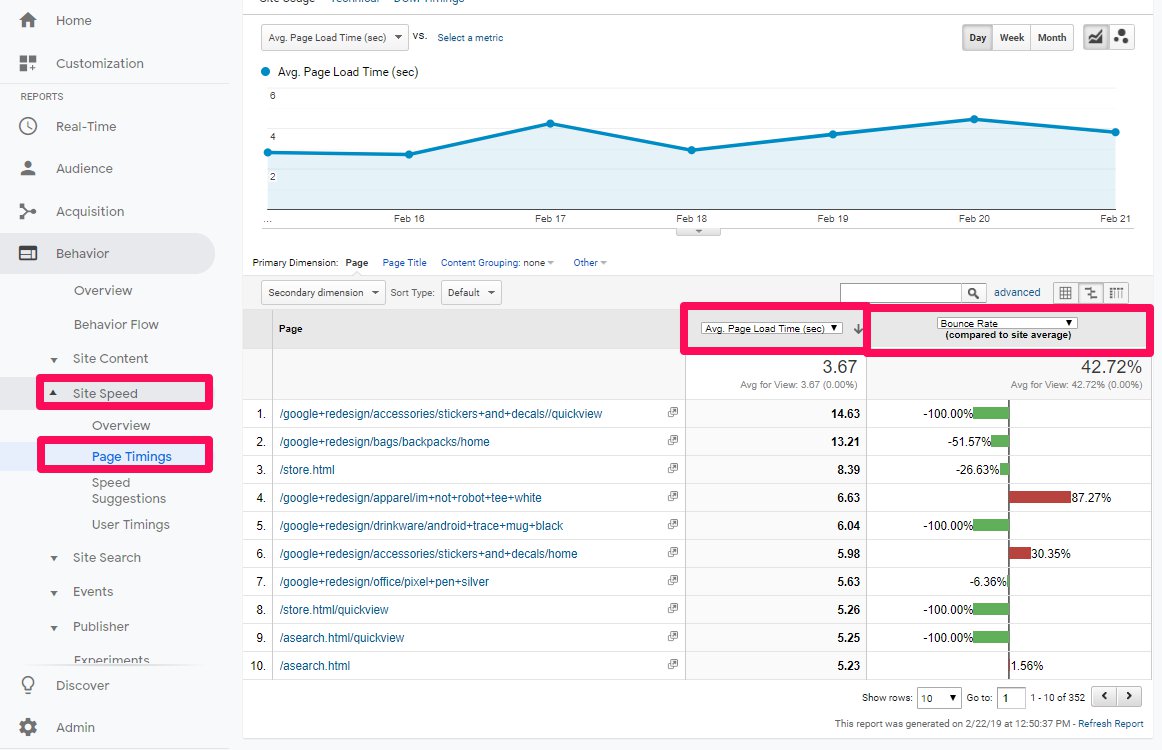In this blog you’ll learn why performance is important, how to audit for site-speed and finally how to optimize and give your users the fastest experience possible.
Most marketers aren’t programmers, webmasters or full stack development gurus. I wrote this blog because if you’re anything like me, you spend most of your professional life trying to keep up with the excessively complex industry we know as digital marketing – and don’t have time to learn all the idiosyncrasies necessary to audit your website performance much less optimize for it. If you care about SEO or engagement, you should care about this blog. Load time plays a large role in search rankings, for many reasons, which is why I dug deep to scope, test and document solutions so you wouldn’t have to.
This blog was written for those who are optimizing websites for performance without any hardcore programming/development capabilities.
Onto the good stuff, read away!
It’s no secret that Search Engines Care about load time… a LOT!
Google’s announced page speed and load time play an impactful role in their algorithm for page rank. Why? Because it’s Googles job as a search engine to get their audience the best content possible. Websites that take longer than a couple seconds to load have a significantly higher bounce rate than their faster counterparts. Higher bounce rate = user dissatisfaction, something Google is trying to avoid serving up to their user base.
What to consider when testing website speed
Not all website users have high quality of WiFi or cell service. In fact, according to Google, 70% of all cellular network connections will occur at 3g or slower. Yikes!
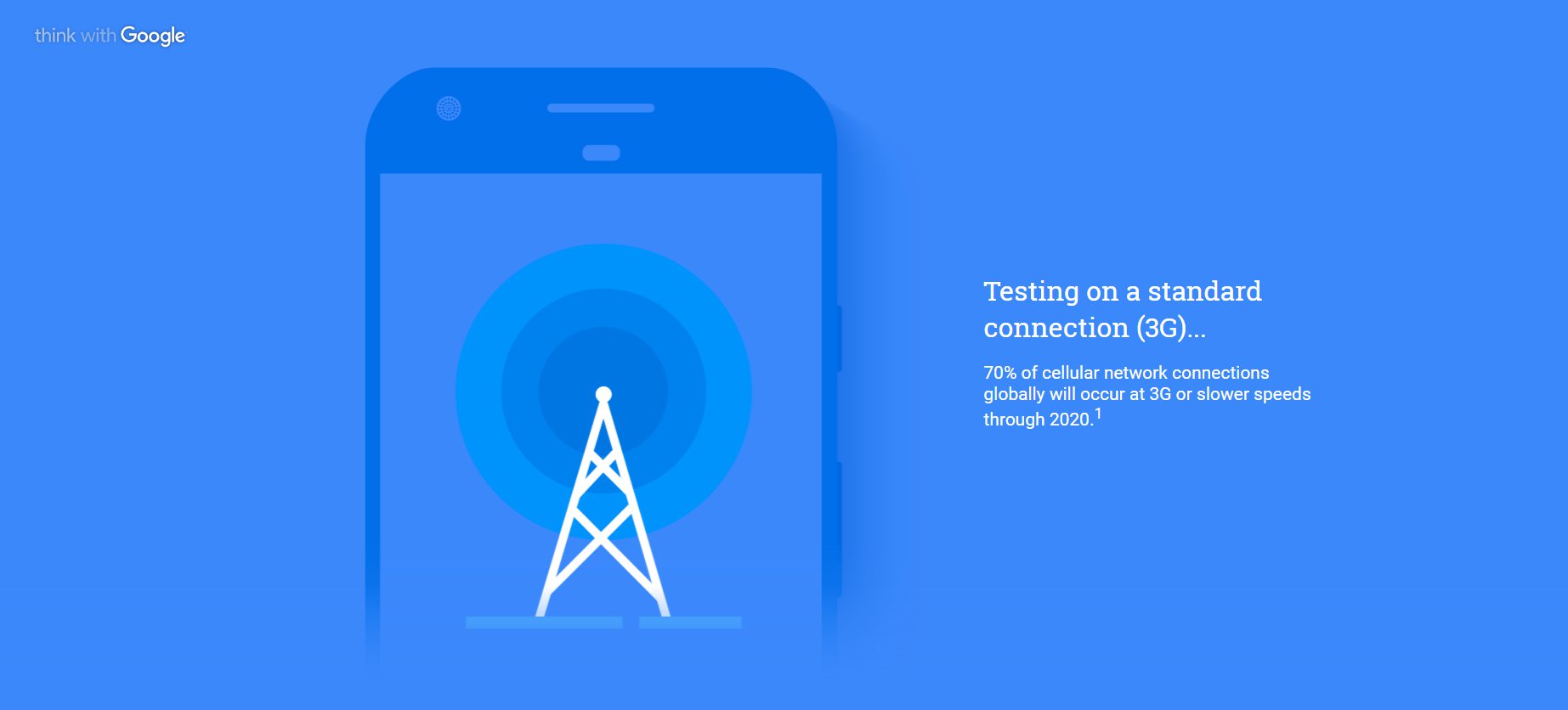
How fast is your website loading? Test your site speed.
There are many tools out there which help you determine the page speed and performance of your website. These options will break down the different elements which affect performance and give insight into fixing them.
- The cream of the crop – Google PageSpeed Insight tool
- Test on Mobile with Googles service “Test My Site”
- Although not made by Google, Pingdom is also a great tool
- Or, you can see an exact measurement of load time metrics in your Google Analytics.
- Lastly, most browsers offer an Audit feature. In Chrome for instance, you can right click on a page, click “inspect page” > Audits > and from there you can audit performance along with many other reports as well.
Ex:
You can also Pingdom if you’re looking to test your site speed abroad, or in new service areas:
Lastly, if you want to really gauge how fast your pages are loading, you should check your Google Analytics:
How are your load time results? If they weren’t good, keep reading!
Ok, my site speed is bad, now what?
Well, if you’re rebuilding your site completely from scratch you can use AMP – Accelerated Mobile Platform. But if you’re like me, and 99% of everyone else who isn’t going to completely rebuild their website after reading this blog, there are other options.
Here are the top factors that impact site speed and what you can do to improve performance immediately.
Website Server
The absolute fastest way to speed up your site is by moving your website to a faster server. I host with Cloudways and it immediately speeds up any website I add to it. Cloudways offers independent, solid-state servers and triple layer caching. This is my affiliate link – which by the way will get you $15 off.
CDN: Content Delivery Network
According to Wikipedia, a CDN is: “A content delivery network or content distribution network is a geographically distributed network of proxy servers and their data centers. The goal is to provide high availability and high performance by distributing the service spatially relative to end-users.”
How does it work? Cloudflare has servers all across the world which store and serve your website to users. If your user is in Africa, but your host is in California, you better believe your site is going to load slower than if it were in Africa. In a nutshell, that’s part of what Cloudflare does – along with a huge host of other features and benefits.
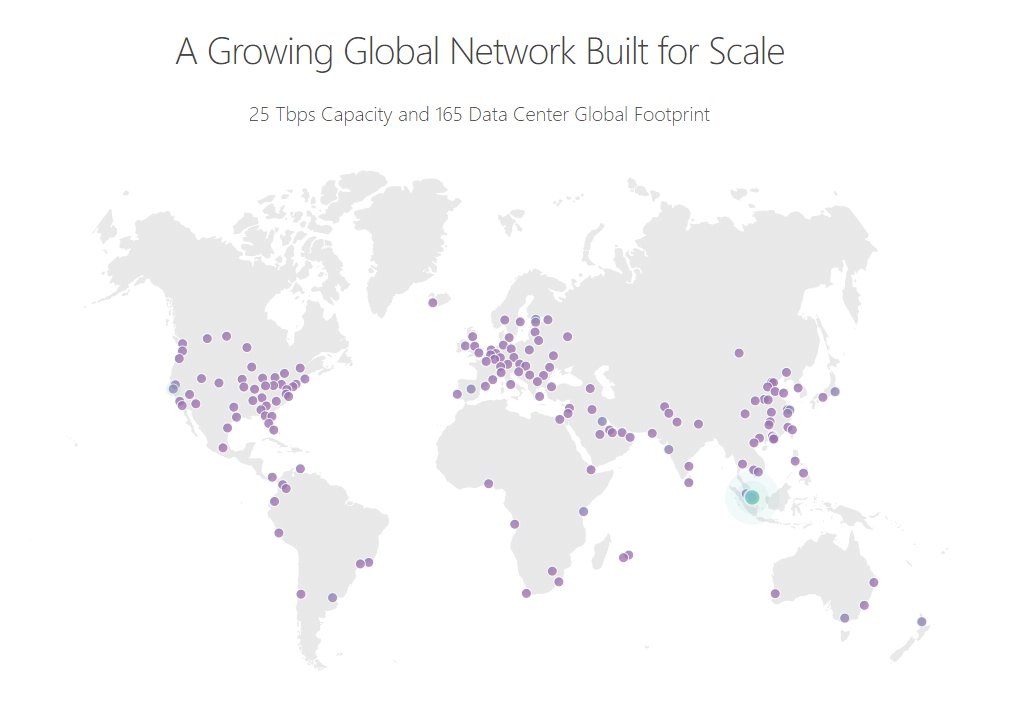
I use the free option available in Cloudflare which also has some neat compression features as well. I saw a 15% boost in speed after implementing cloudflare – even while it’s on Cloudways.
Compressing Images
Images don’t need to be massive to be properly viewed on mobile and desktop. You can hire a developer to compress your images, or you can use a plugin like Smush, or any of these other options.
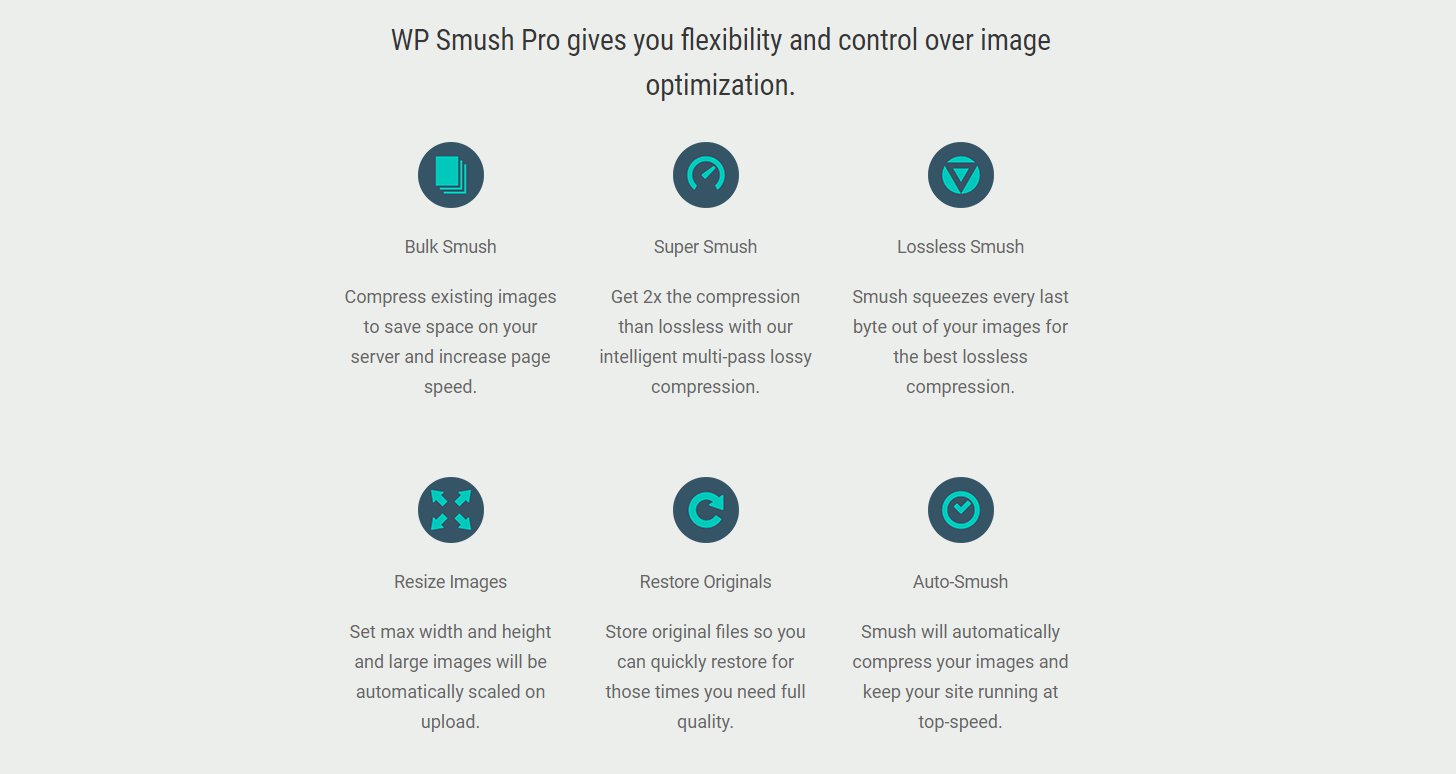 Caching
Caching
Caching is a fancy term for saving and delivering content and media to your website user without having to load it from your website server every time your website is accessed. This saves your users time when loading a site and can be done with many plugins. This blog does a great job explaining caching and 7 plugins you can use to speed up your website.
Wp Rocket is a great tool which helps webmasters perform a host of website performance updates without having to know code.

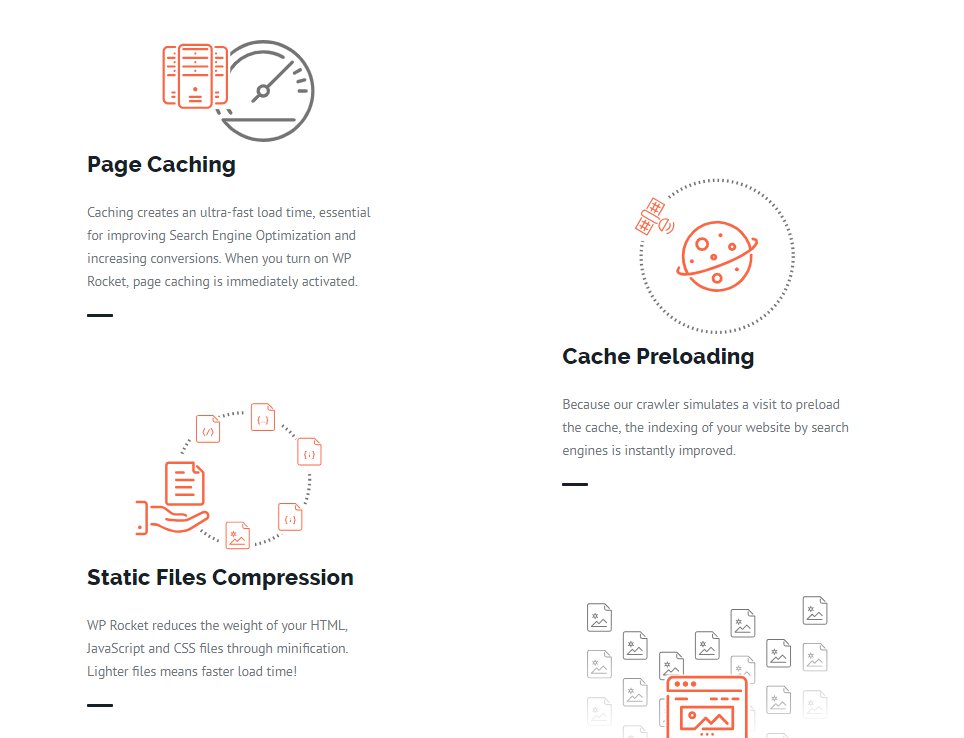
Although there are many ways to improve your site speed, I’ve found these options to be incredibly effective for improving site speed, SEO and user experience. Feel free to drop me a line if you have any questions, comments or need help. Good luck!


